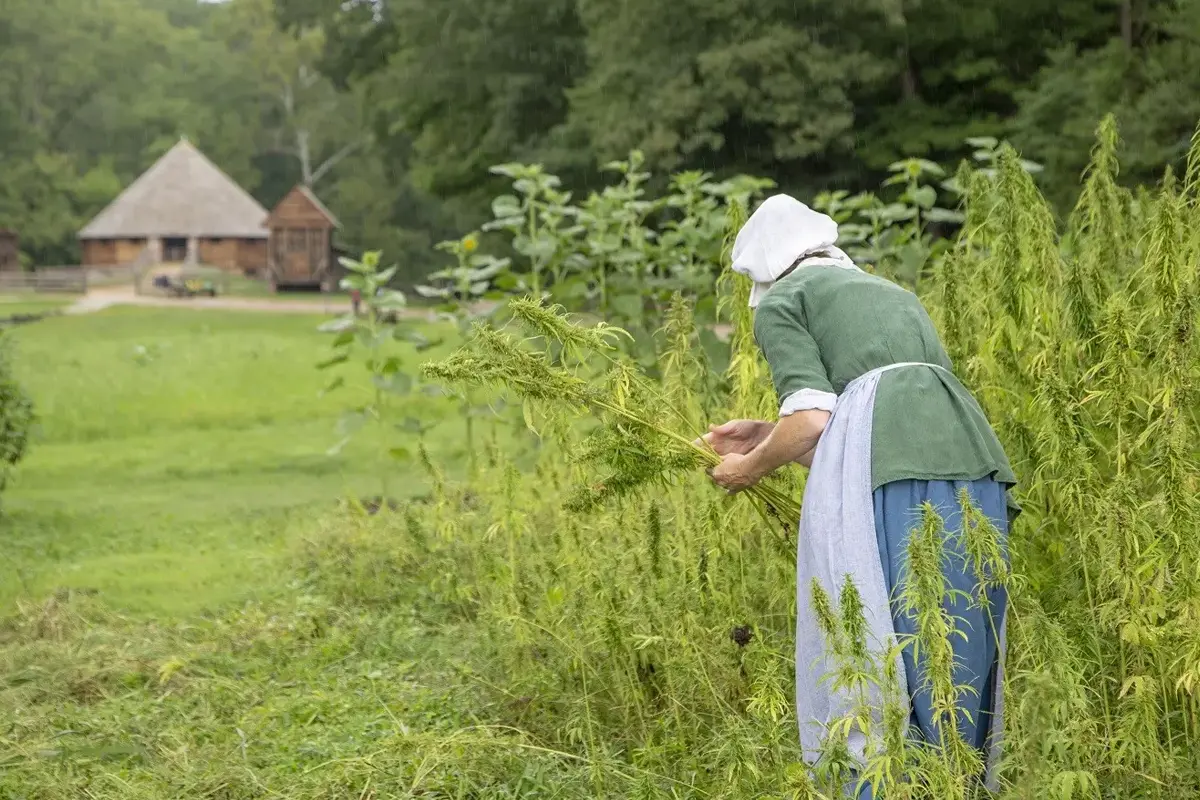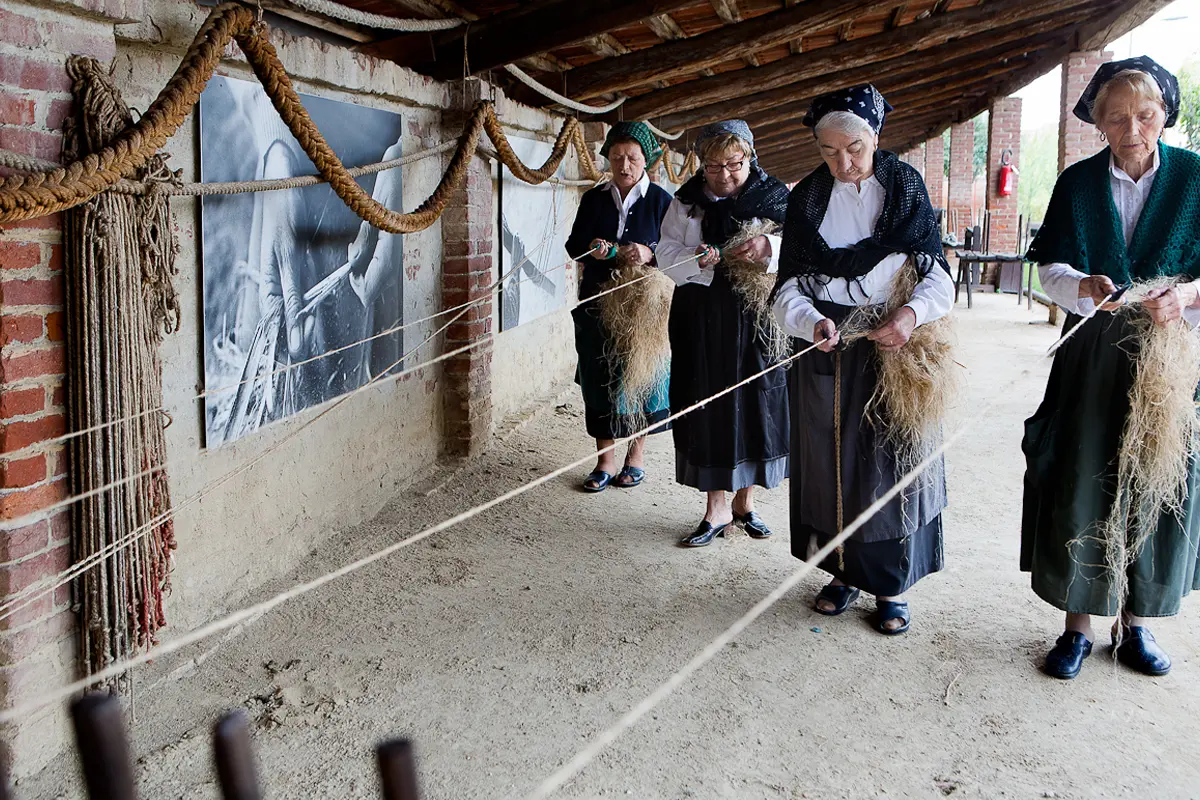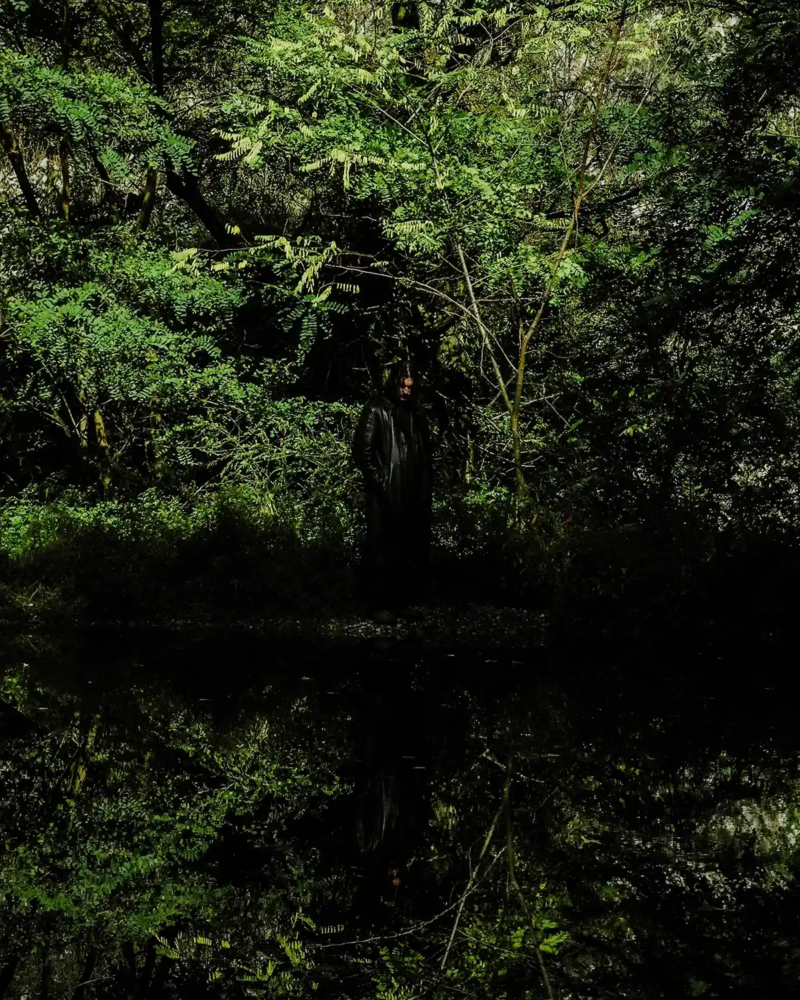
The link between hemp and female empowerment
Hemp cultivation as a form of female empowerment and womanity. The story of the European beguines and the hemp work that inspired the Sisters of the Valley
Economic independence and female empowerment: Women were the first to spread knowledge about hemp
When considering the integration of hemp into society, whether for medical or recreational or industrial purposes, many tend to look back only about 50 years. The historical use of hemp and the potentialities of industrial hemp and fibers spans thousands of years, with women playing a role as much as the men did.
In ancient Egypt, it was Hatshepsut, one of the few female pharaohs in history, who paved the way for its use to alleviate menstrual discomfort and she was one of the firsts to understand what hemp is. Centuries later, a German nun, Hildegarde von Bingen, continued the tradition of utilizing hemp for its medicinal properties. Von Bingen, later canonized as a saint, authored “Physica”, a comprehensive medical treatise cataloguing various remedies, including hemp and discovered the use of hemp-infused cloth bandages to alleviate the pain of open wounds.
Queen Victoria’s experience and most recent work of cultural anthropologist Margaret Mead laid groundwork for future activism regarding hemp legalization. The contributions of these pioneering women have been shaping the contemporary landscape of the hemp industry as their efforts, though not always recognized in their time.
Womanity and female empowerment in the 21st Century – the Sisters of the Valley, California. The women who ditched their social status to devote themselves to hemp
Womanity embodies the concept of female empowerment. It signifies the understanding that a woman’s essence mirrors that of the Earth, marking the end of outdated beliefs surrounding women who engaged in herbal medicine and maintained bonds. Through their inherent mother-daughter connection, women access her healing powers.
A group of women in the town of Merced, California, who have attracted worldwide attention for years, have decided to ditch their jobs to dedicate their lives to the cultivation and sale of cannabis and hemp-based products, in a mission to spread the knowledge about the healing and industrial potentialities of what is hemp.
Christine Meeusen, also known as Sister Kate, referred to herself in her previous life before knowing about hemp first as a “throwaway woman”. Her husband stole all the money she had worked very hard to earn and left her with three children. According to popular belief of what a woman “should do” in order to succeed in life, she said she did all the right and responsible things and still, her life became a struggle. No matter what she did right, life still turned out wrong for her. She’s a woman living in America where there’s zero safety net for women who decide to start over: she had to build her own safety net and decided to turn to the hemp plant.
Christine spent 20 years as a business consultant for people who were getting into newly deregulated businesses; she didn’t know anything about hemp but she looked at it as a newly deregulated business.
When Sister Kate founded the Sisters of the Valley, she decided she wanted to distribute hemp products globally and spread knowledge about the many uses of the plant. The Sisters appear publicly by wearing nun attires, yet they aren’t affiliated with any religious order. Their philosophy is mainly rooted in a reverence for nature influenced by Native American traditions and influenced by the work of the Beguines, a European women movement who during the Middle Ages pursued lives of religious devotion without formally joining recognized religious orders.

Womanity and feminism in the Mediaeval Era: the beguines. The unmarried women who rebelled against socio economic challenges
The need for women to adapt in order to comply with societal norms is not a modern concept.
The beguines arose as a separate spiritual pathway, persisting over centuries, and some historians see them as pioneers of feminism and female empowerment. The term Beguine originated as a derogatory label, gained currency by the 1230s and spread across the Low Countries, Germany, and northern France. Beyond addressing spiritual needs, the Beguine movement served as a response to the socioeconomic challenges arising from a surplus of unmarried women in urban areas.
Originally from lower socioeconomic backgrounds, these women pursued a life of faith and work without committing to formal vows. The beguines posed a puzzle and a threat to the established social hierarchy, because they were unbound by the authority of a husband or spiritual guide and embodied independence, disturbing the Franciscans and Dominicans religious orders that considered the female gender as dangerous and potentially contaminating.
They were the first women who conceived themselves as organized nuns living in castles across Europe: they grew and made medicines and textiles out of hemp in total autonomy, ran firms and operated stores inside the castles if people could pick them up, and they were considered outlaws because it was prohibited. In Germany, the beguines used to live in groups of 60 or 70 women and shared houses, while in the Low Countries, they typically lived in individual dwellings within enclosed compounds resembling miniature towns. Many supported themselves through occupations like nursing, cloth- or lace-making, and religious contemplation.
Womanity is the authority: The Sisters of the Valley like the Beguines who work with hemp to distance themselves from the patriarchal scheme of Christianity
Even before Christianity, women were engaging in spiritual practices for thousands of years: they lived together, worked together, prayed together, and took vows. Looking back in history, anthropologists consider these groups to represent the early forms of feminism. Many believe that the Sisters of the Valley might offend nuns belonging to the order of the Catholic Church but they are in fact resembling the nuns of the past, just like the beguines.
The vows they take are dedicated to service, obedience, activism, chastity and ecology, pledging no obedience to a God or another divinity. The cycles of the Moon dictate the rhythm of their work: in their factory in Merced, the Sisters possess about 36 large hemp plants. Until the plants are at least two feet tall, they let the plant grow indoors before they put them in the ground. They believe the more people are growing hemp plants, the more the governments will learn from their benefits and regulate its use and production.
Hemp in the United States: what’s stopping the mass cropping? Let the women take care of it
Following the beguines’ way of life, the women should take hemp cultivation and let the men enjoy their benefits.
The initial federal prohibition of cannabis under the Marihuana Tax Act of 1937, which limited possession to those who paid a high tax for specific medical and industrial uses, is frequently attributed to overt racism alongside New Deal policies and bureaucratic self-interest. Later, the Nixon administration placed marijuana in the Schedule I drug – meaning it was comparable to heroin, hence the world’s most dangerous drugs – and the studies on what is hemp and its beneficial uses were abandoned.
The resurgence of hemp as a legally permitted crop is due to the discovery and regulation of the delta-9-tetrahydrocannabinol (THC) level, which distinguishes hemp from marijuana within the Cannabis sativa L. family. This type boasts a variety of applications and the versatile quality of its fiber. However, THC regulations vary among countries, impacting trade flows and the competitiveness of hemp-producing nations, and international standards are still lacking.
Following the enactment of A.B. 45 by the California Legislature, a framework for hemp regulations in California has been established and implemented through emergency rules. This development enables entrepreneurs to now produce and distribute CBD products derived from industrial hemp suitable for human consumption.
As of January 1, 2022, the U.S. Department of Agriculture (USDA) has approved California’s state regulatory plan for industrial hemp production with strict state laws and regulations.
Sisters of the Valley
The Sisters of the Valley is a small business situated in Merced, California. They make artisanal hemp-based products with locally sourced and cultivated hemp. The business is characterized by a monastic theme and it is inspired by the ancient beguines’ way of living.







